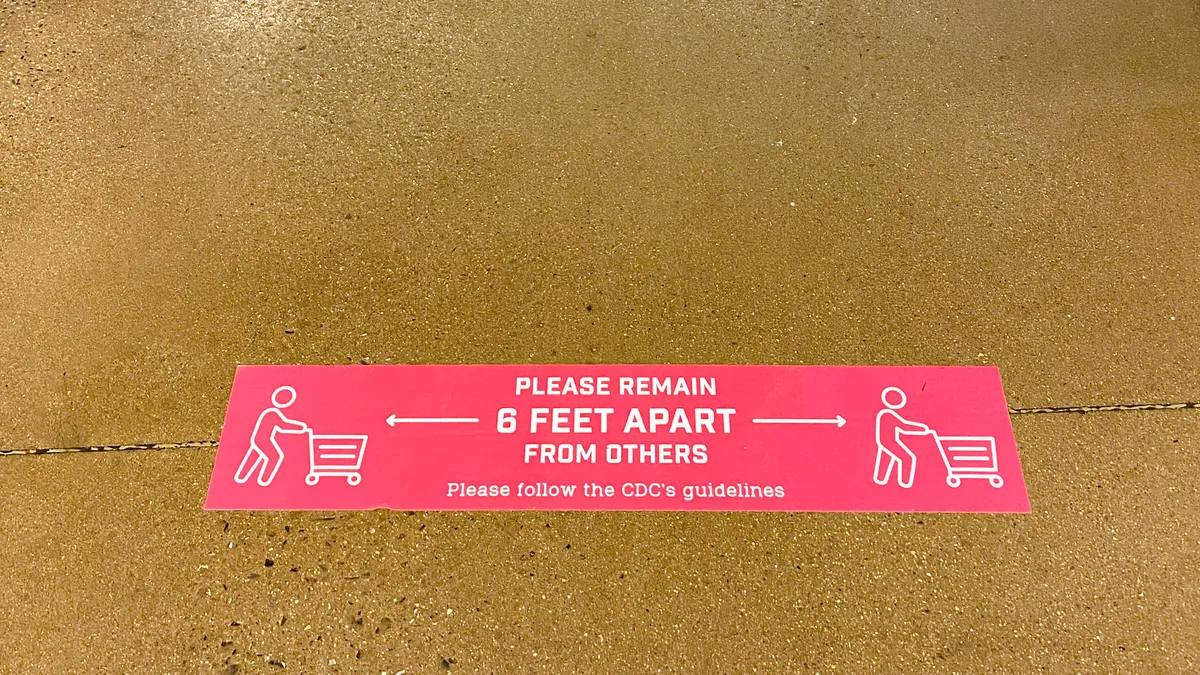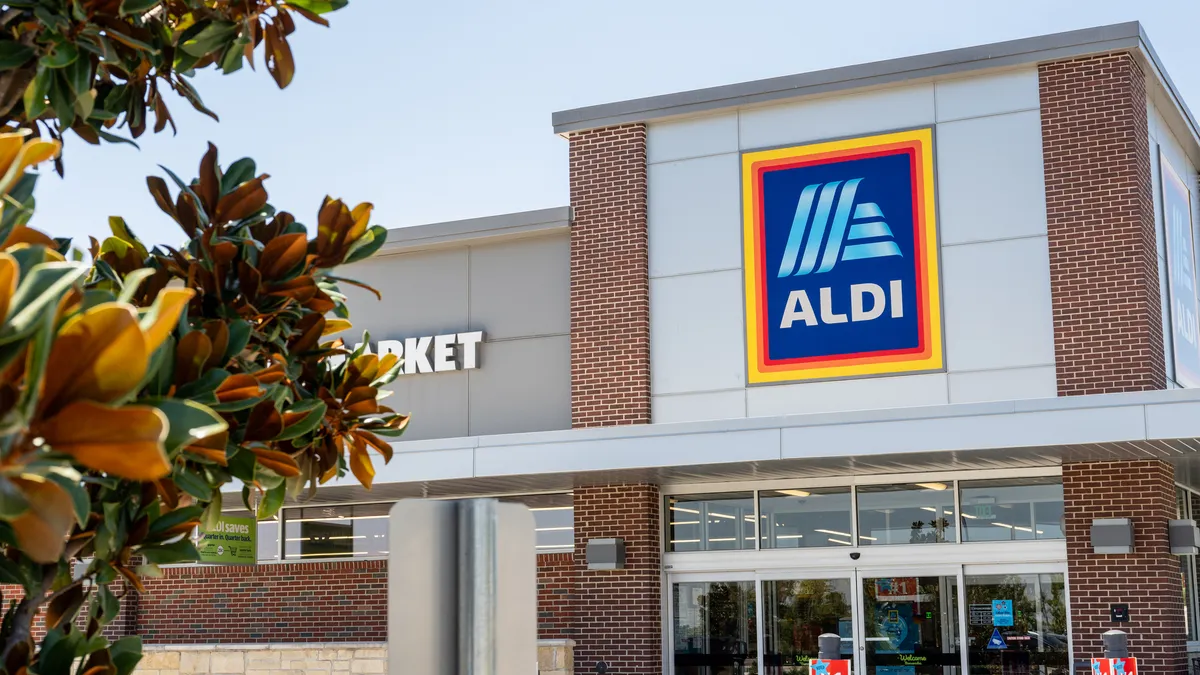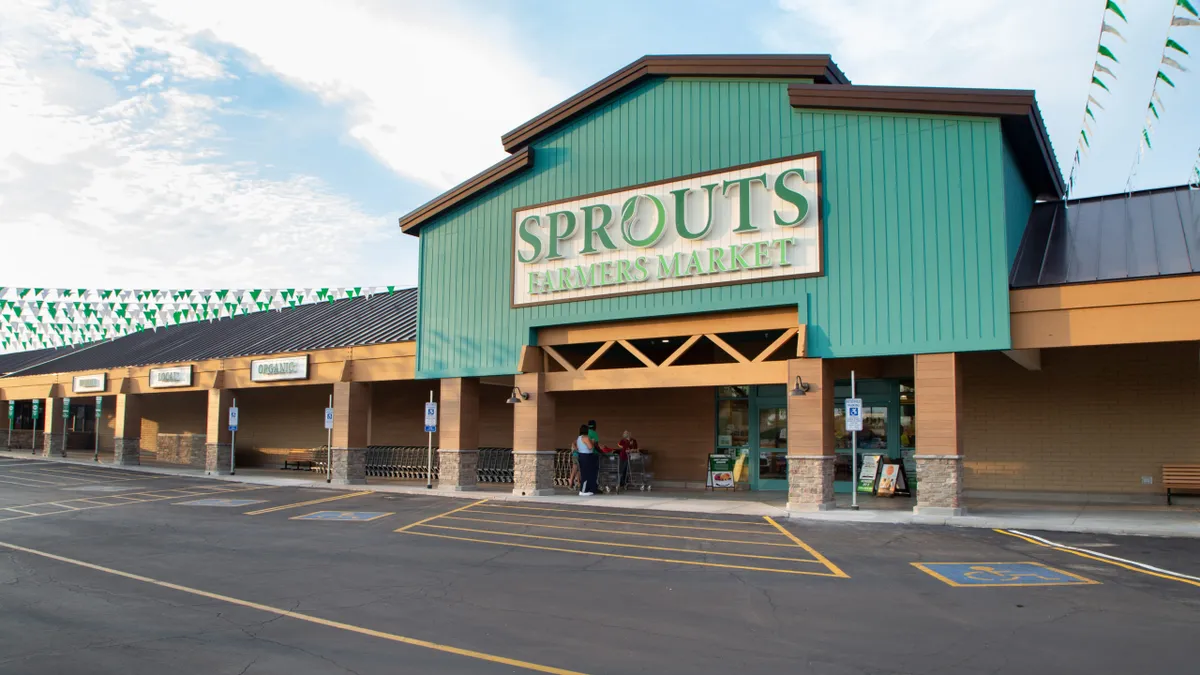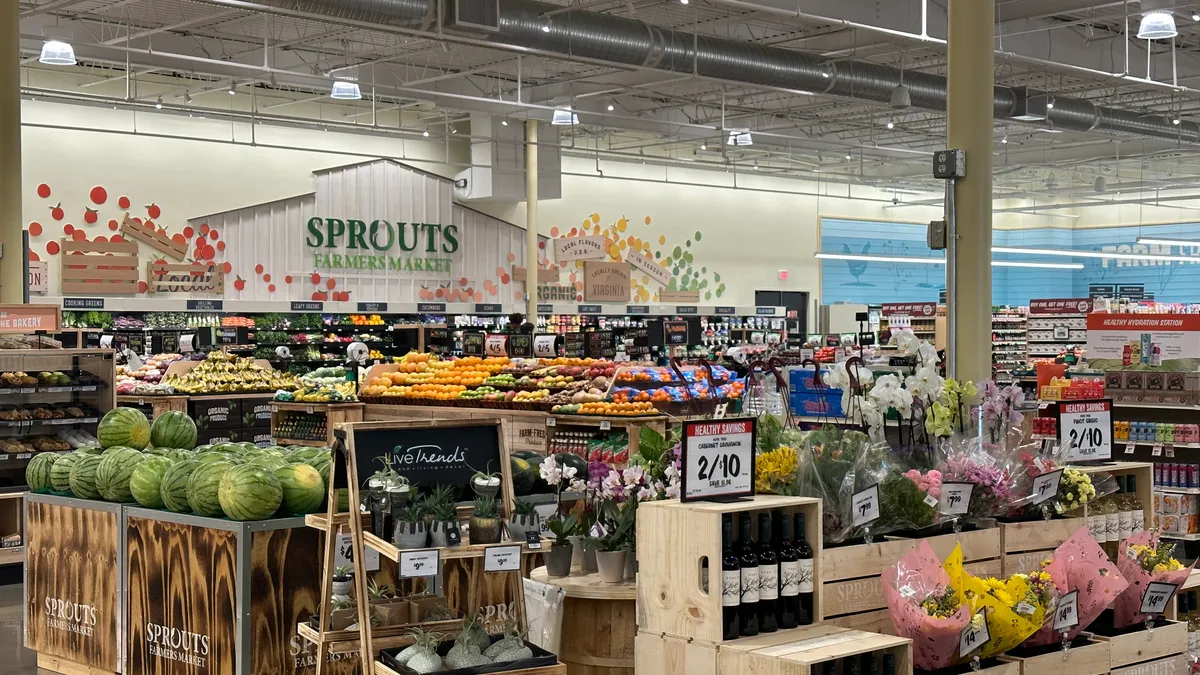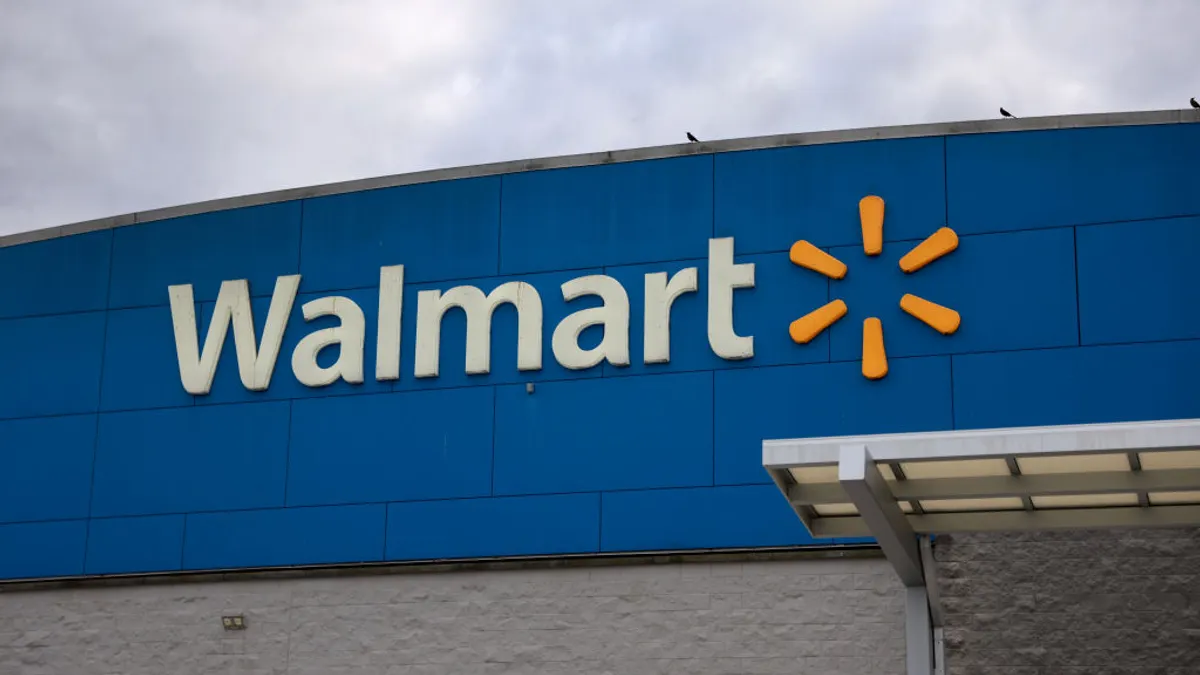For a growing number of retailers, business is beginning to return to normal. Opening and closing times are resetting after more than a month of limited hours. The supply chain has recovered, with a few notable exceptions, after a wave of panic-buying swept items off shelves and out of backrooms. It’s now possible to find toilet paper at your local grocer.
As states start to reopen their economies over the next few months and workers flow back into previously shuttered retail stores, restaurants, bars and sports venues, the desire for normalcy will be palpable among business leaders, workers and consumers alike.
But grocers should not lose sight of the fact that this is still a dangerous time and will remain so for the foreseeable future. While operations stabilize, retailers must not waver on the safety measures they’ve implemented over the past several weeks. In fact, they should tighten them.
No company better embodies this concept right now than Costco. Last week, the club retailer announced the majority of its stores would return to pre-pandemic hours. However, beginning today it’s also requiring all customers to wear face coverings inside stores — the first national chain to do so — and limiting access to no more than two shoppers per membership card. This comes in addition to other measures Costco has taken, including requiring all employees to wear masks, closing down service departments, restricting product returns and limiting the number of shoppers allowed inside stores at one time.
In a note to shoppers, Costco CEO Craig Jelinek said his company had chosen to follow the Centers for Disease Control guidelines recommending people wear face coverings in any space where practicing social distancing would be difficult.
“We know some members may find this inconvenient or objectionable, but under the circumstances we believe the added safety is worth any inconvenience,” he wrote. “This is not simply a matter of personal choice; a face covering protects not just the wearer, but others too.”
Jelinek’s note tacitly acknowledges what a lot of shoppers and grocery store workers now know: Even with numerous safety measures in place, staying six feet apart is difficult inside most stores, and downright impossible in some.
Thousands of grocery workers across the country are reported to have likely been infected with COVID-19 over the past several weeks, and dozens have died. Computer simulations have shown how germs can spread across store aisles, and shoppers as well as workers have shared stories with our publication and numerous others about careless shoppers as well as inconsistent and inadequate store safety policies.
A Washington Post headline from last week seemed to sum up what a lot of people are feeling right now: “The grocery store has become our anxiety-filled hellscape.”
Grocers can’t make working and shopping inside their stores a zero-risk affair. But they can, like Costco, continue to try and lower that risk by enhancing safety measures. Requiring shoppers to wear face coverings inside stores is something every company should do at this point. In addition to a few retailers that preceded Costco, like The Fresh Market and Smart & Final, a growing number of states and cities now require shoppers to cover their faces inside grocery stores.
Providing masks to customers, as Whole Foods now does, is difficult at a time when protective equipment is scarce. But it’s not too much to ask shoppers to at least wear a cloth covering. And it’s probably the most impactful step retailers can take at this point, since it addresses the many individuals who have coronavirus but are asymptomatic. Retailers will certainly face backlash from some shoppers (Costco has already seen a wave of protests over its new policy), which is why they need to have policies in place to provide reassurance and deal with any store-level confrontations. They will also gain the gratitude of customers as well as employees who know how important face coverings are at a time when the virus continues to spread at an alarming rate.
Retailers need to do a better job enforcing the policies they currently have in place, as well. As my colleague Sam Silverstein reported last week, shoppers are blowing off the one-way aisle rules that companies like Walmart, Publix and Hy-Vee have put in place. A big reason seems to be a reliance on signage alone to get customers to comply. As Jason Goldberg, chief commerce strategy officer at Publicis, noted in the story, retailers need to implement a multifaceted campaign. This should include clear, consistent messaging and employees ready to guide shoppers and remind them of the rules.
Be explicit with shopper messaging. Instead of just offering reminders to shoppers to practice social distancing, address rules that are being broken. If shoppers missed something on their first pass through an aisle, they can still go back — they just need to go the right way. If stores are seeing too many shoppers leaning around plexiglass barriers to talk to cashiers, put signs up that address this behavior.
Grocery workers are understandably on edge right now, and some are afraid to come to work. They’re pushing for better protections and benefits, while companies are advocating for federal help in securing these resources. Retailers need to remind workers that proactively enforcing store rules increases safety for themselves and customers.
The pressure on retailers to relax safety measures will grow in the weeks and months ahead. Grocers have struggled to meet demand for online orders, and safety restrictions have pinched sales at companies like Target that are known for their store experience. Reopening economies may also give retailers and consumers a false sense of security. According to a BuzzFeed News report, Costco has relaxed its store capacity rules recently, allowing several hundred people inside stores and creating an environment some employees say is unsafe.
But grocers should not deviate from the guidance outlined by the CDC and other health experts, and should probably err on the side of being overly strict. COVID-19 infections are increasing in some areas and leveling and even tapering off in others. No matter what the landscape looks like locally, unsafe environments can fan the virus's flame and make more people sick. With the risk still so high and the possibility of a second wave hitting in the fall, grocers need to tighten up their safety measures and let shoppers know they should expect to follow them for the foreseeable future.


